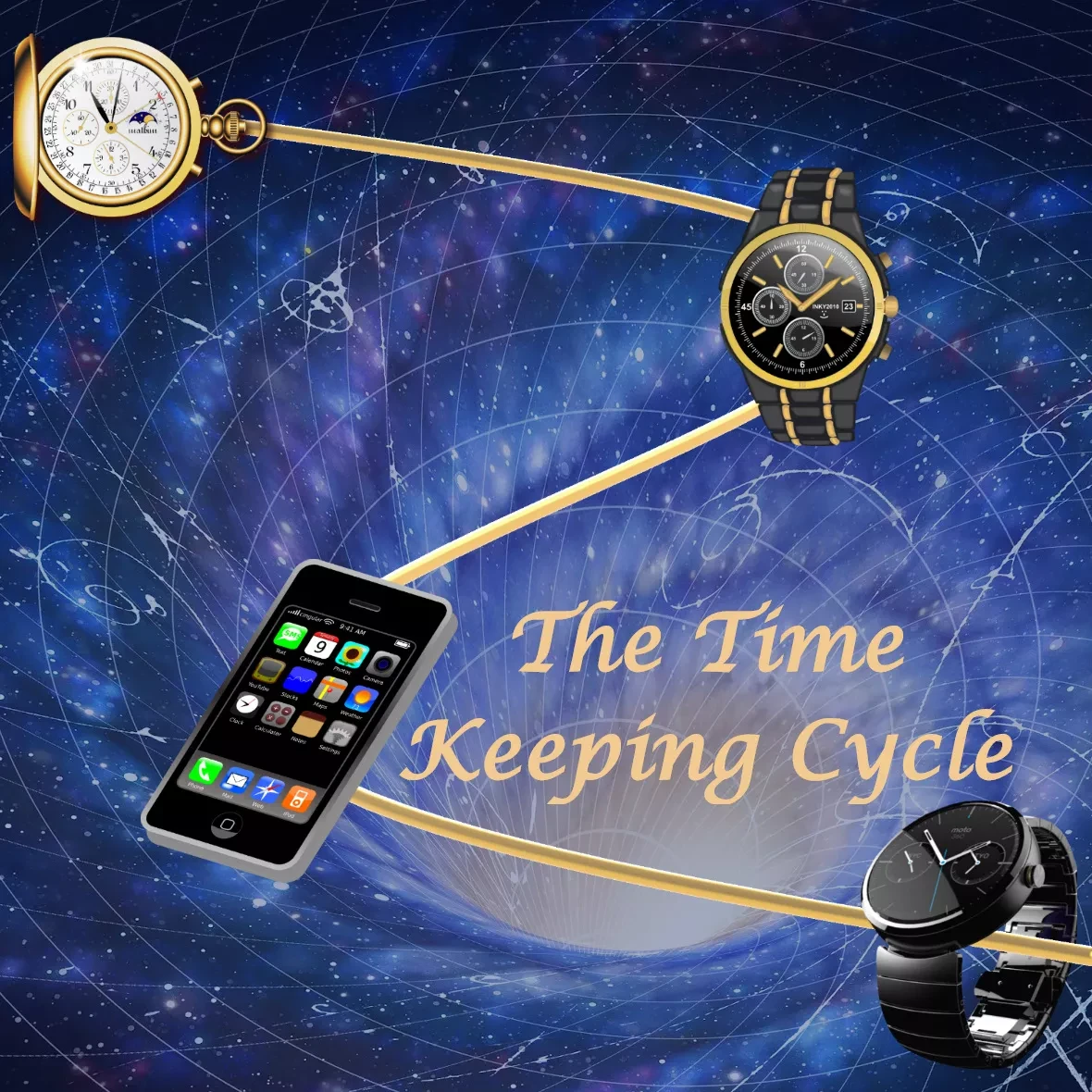As I sit here today checking the time on my Moto 360 Android Wear smartwatch, I’m amused by a concept I’m calling “The Time Keeping Cycle.” When I was in high school college I wore watches all of the time (usually a Casio calculator watch, yes I was “that guy”), and pretty much everyone I knew wore wrist watches at the time as well. They were simple and useful.
I’ve always been one to prefer function over form and even back then I longed for a watch that did more than just tell time. That said though at some point in the early 2000s I stopped wearing watches (and so did most people). The few people who still wear watches tend to wear them more as a fashion statement rather than as a utility device to tell time.
Why did everyone stop wearing watches? Because pretty much everyone started carrying a cell phone around with them wherever they went, and in addition to keeping you in contact with the world around you, cell phones could also tell you the time (and be used as a calculator). Now over the last couple of years, companies have been trying to get people back into wearing watches again with smart watches. Thanks to Android Wear, they’ve finally convinced me.
It is interesting though that timepieces have moved from inside the pocket, to the wrist, back into the pocket, and now back to the wrist again. For the enjoyment of anyone who cares, I’m including a brief history of the watch, ending with my personal history with watches after the break.
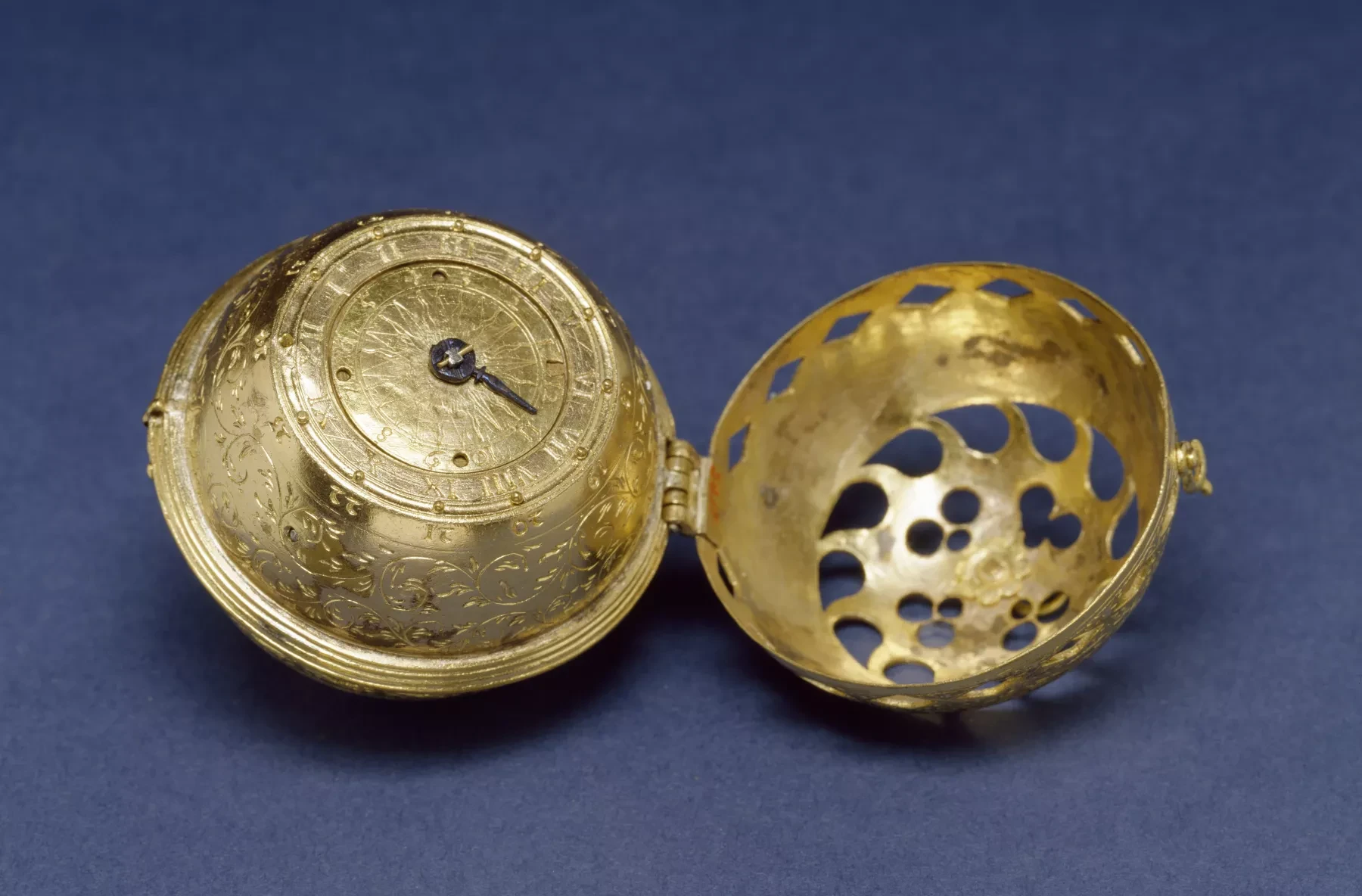
The invention of the watch is usually credited to German clockmaker Peter Henlein in the early 1500s. Henlein was one of the first to make what was known as taschenuhr or “clock-watches,” which was a clock worn as a pendant around the neck.
These early timepieces generally only had an hour hand, but often did include chimes or alarms for noting hours passing by.
The earliest dated known watch is the one seen here which is dated 1530. It had a metal cover to protect the delicate hour hand.
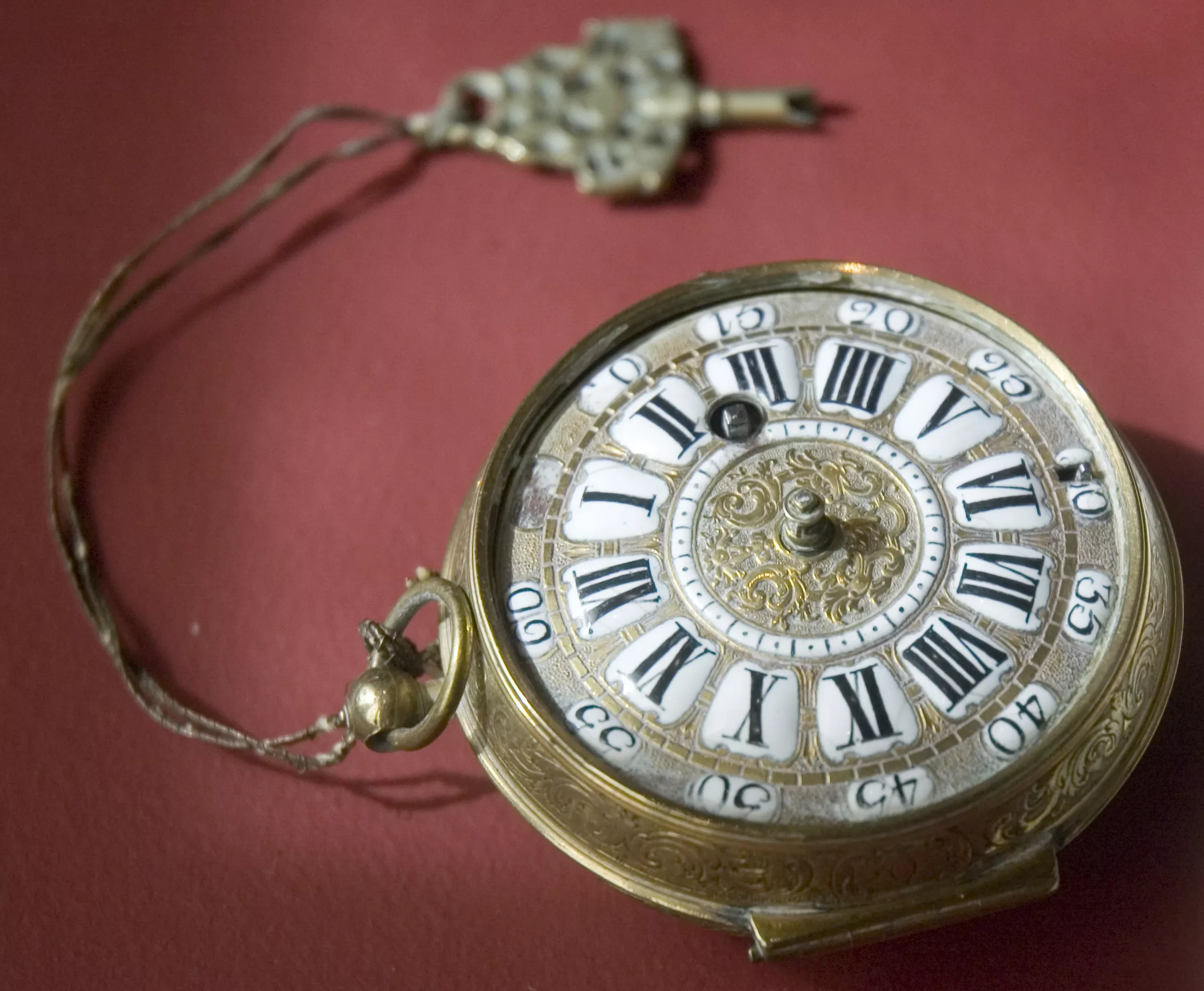
In the late 17th century, the watch got smaller and began to be kept in pockets, rather than as pendants. The pocketwatch remained in fashion for quite some time, being the chosen timepiece for men until the 20th century.
Women started wearing wrist watches much earlier than men, Elizabeth the 1st was given an “arm watch” in 1571, by the mid 19th century, most watchmakers made wristwatches, which they marketed like bracelets for women.
Men chose to stick with pocketwatches for quite some time, not just because of fashion, but because watches of the time had a tendancy to be damaged by exposure to the elements, so by keeping the watch sealed and in a pocket, they would last longer.
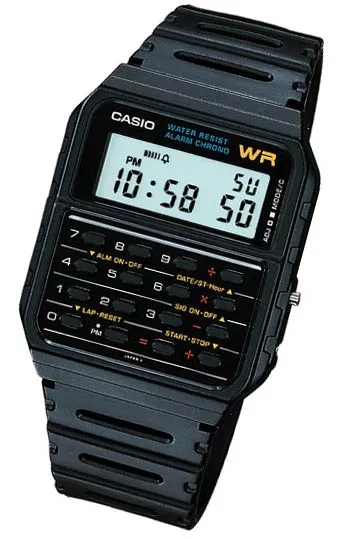
Like many advancements, it is because of the military that men started wearing watches on their wrists. At the end of the 19th century, the importance of synchronizing maneuvers (“Synchronize your watches!”) made constantly pulling a watch out of your pocket to be impractical, and so officers of the British Army began using wistwatches during military campaigns in the 1880s.
Wristwatches became even more popular during World War I. The British War Department began issuing wristwatches to combatants in 1917. By the end of the war, pretty much all enlisted men wore wristwatches, and after returning home, the trend caught on. By 1930 it is said that wristwatches outnumbered pocketwatches 50 to 1.
By the time I got my first watch in the late ’80s or early ’90s, digital watches were available. As I mentioned in the beginning of this post, I favored a Casio Calculator watch to help me be lazy with arithmetic while also telling me just how behind schedule I was.

I wore a wristwatch through pretty much all of my childhood and teen years, but in early adulthood, at some point after I got my first easily pocketable cell-phone, I stopped wearing it.
As I mentioned I have always been a fan of function over form, and the cell phone was so much more functional than any watch, that it became my go to piece of equipment.
I dabbled on and off with wearing a watch in the years since going cellular, but in the end they simply weren’t useful enough to be worth taking up space on my wrist. This became even more true when phones became “smart.”
When I got the first iPhone back in late 2007 it became an indispensable part of my life. I haven’t been without a smartphone since. But something was missing. I have long found myself missing text message chimes, and I missed the convenience factor of being able to just glance at my wrist when I wanted to know the time.
Because of this I’ve been following the wearables trend very closely for the last few years. I was very tempted a few years ago to get the Fossil Caller ID Wristwatch which was one of the early attempts at merging data from your phone to a watch, but the price was high and the feature set was minimal. It just didn’t seem to be worth it. So I waited.
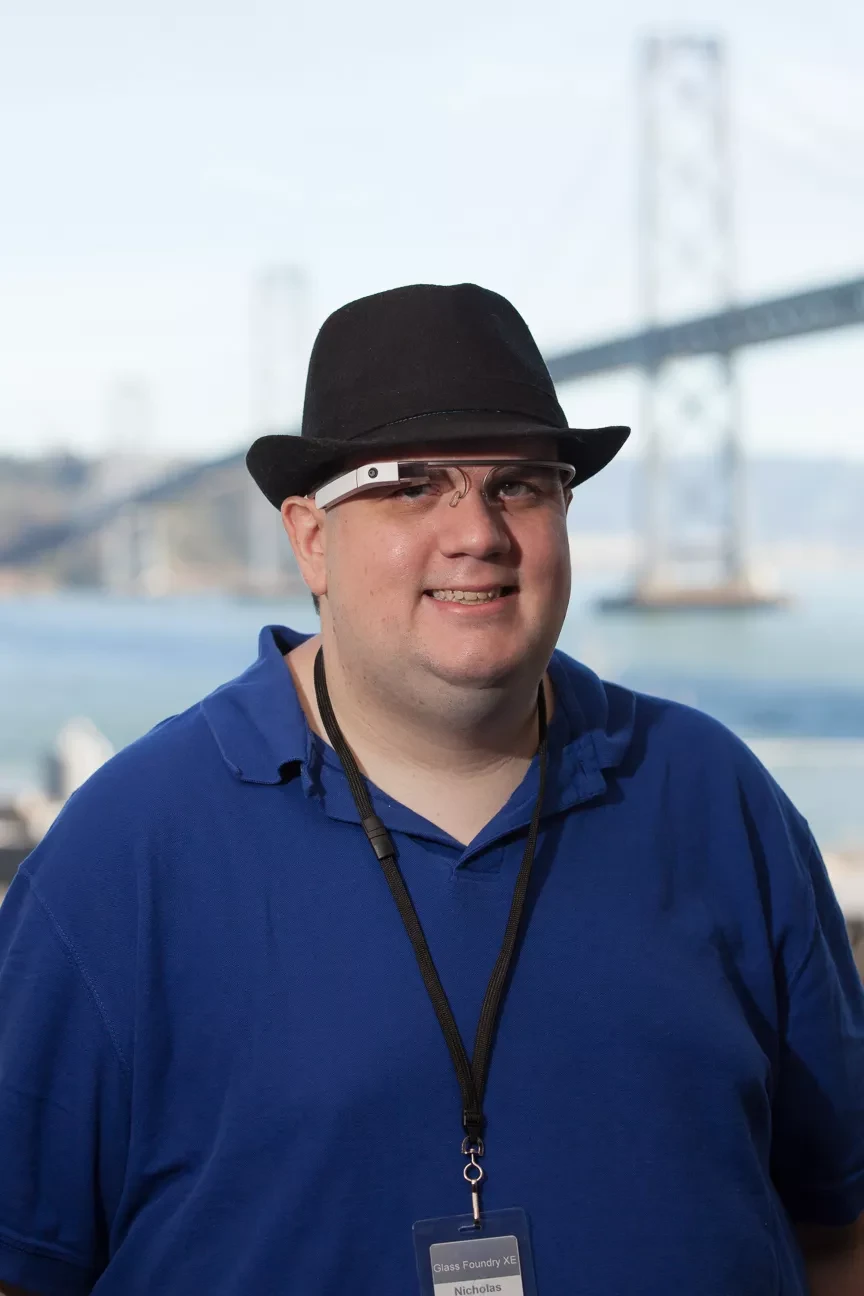
In 2012 2 different projects grabbed my attention. The Pebble which had a very successful kickstarter campaign that showed there was very much interest in a fully functional smartwatch, and of course Google Glass. Both of these projects sought to bring information closer to me, allowing me to interact with it faster and get back to my life.
I have loved exploring with Google Glass, and I still wear it most of the time. The problem with Google Glass is that due to my high prescription and Glass’ notoriously bad battery life, I can’t feasibly wear glass all of the time.
I, unfortunately, cannot get prescription frames for Glass due to the fact that the frames currently available for Glass only suit prescriptions between -4.0 and +4.0, and I have -6.75 in one eye and -7.0 in the other eye. As such I have no choice but to wear contacts when I wear glass, and I just can’t wear contacts all of the time without it causing irritation.
I needed something that would give me the information that Glass gives me, and is just as convenient and accessible, but in a form factor that I can conceivably wear all of the time. So I returned to the waiting game, waiting for a smartwatch that would fit my needs perfectly. I read reviews with interest of the Samsung Galaxy Gear, but it still just didn’t seem right. It only worked properly with samsung phones, and the developer ecosystem seemed too specific, too niche. If I was going to buy a smartwatch, it was clear to me that I needed the right platform.
I was definitely interested when the Android Wear announcement came and waited with deep interest for the first Android Wear devices to come out. At Google I/O this year Google gave us all our choices of either the Samsung Gear Live or the LG G Watch, and promised that when the Moto 360 came out that they would send us each one of them as well. Since Barbara and I were both at I/O, we opted to get one of each so we could try out both the Samsung and LG Android Wear watches.
For the couple months following I/O before we got our 360 watches, I wore the LG, and Barbara the Samsung. Both were great watches, but I liked the way the LG fit on my wrist better than the Samsung. We were both (and still are) incredibly happy with Android Wear. All the notification functionality of Glass, with easier controls.

Barbara and I have both switched to Moto 360 now and are very happy with it. The round watch feels so much more natural on our wrists. Of course now that I look at my circular watch on my wrist, I realize that The Time Keeping Cycle has come full circle. I’m guessing in another 20 – 30 years we’ll once again find a reason to put time back in our pockets again.
